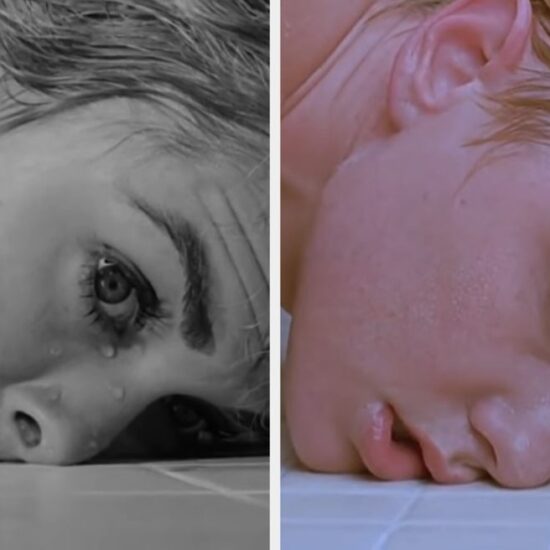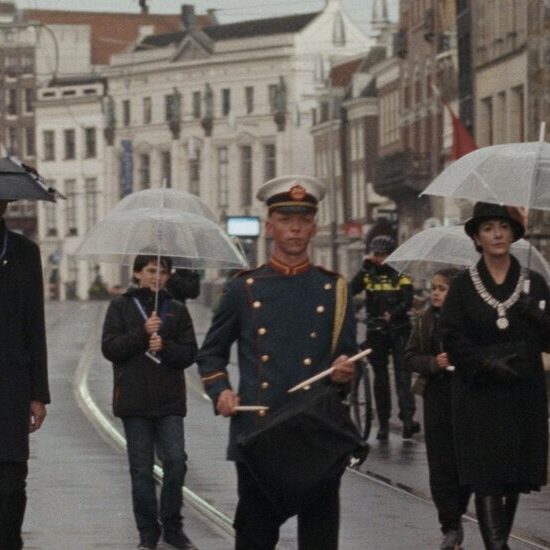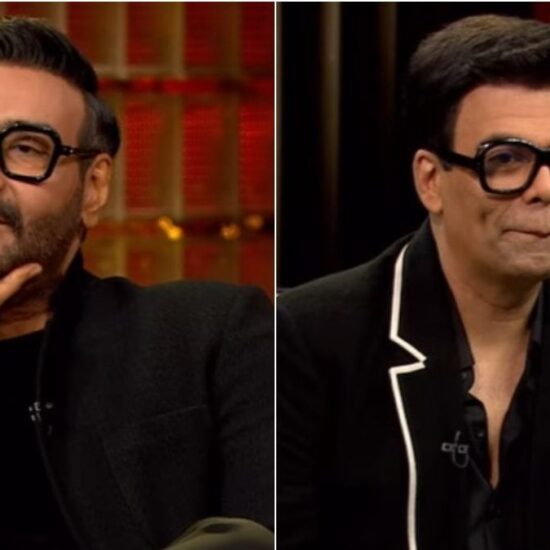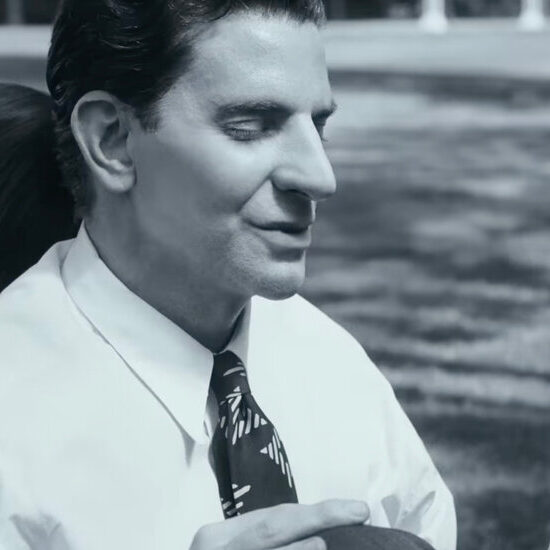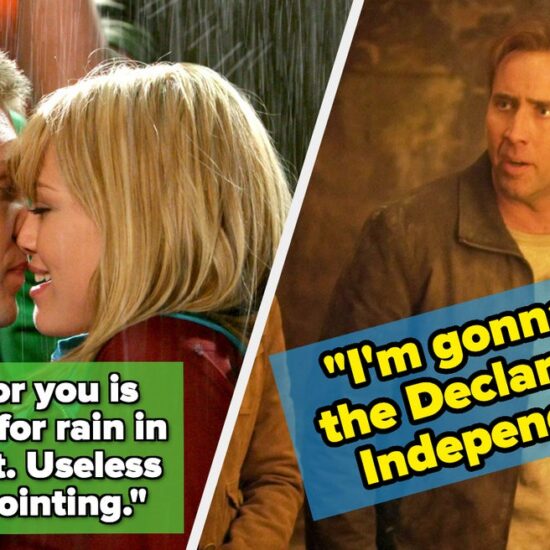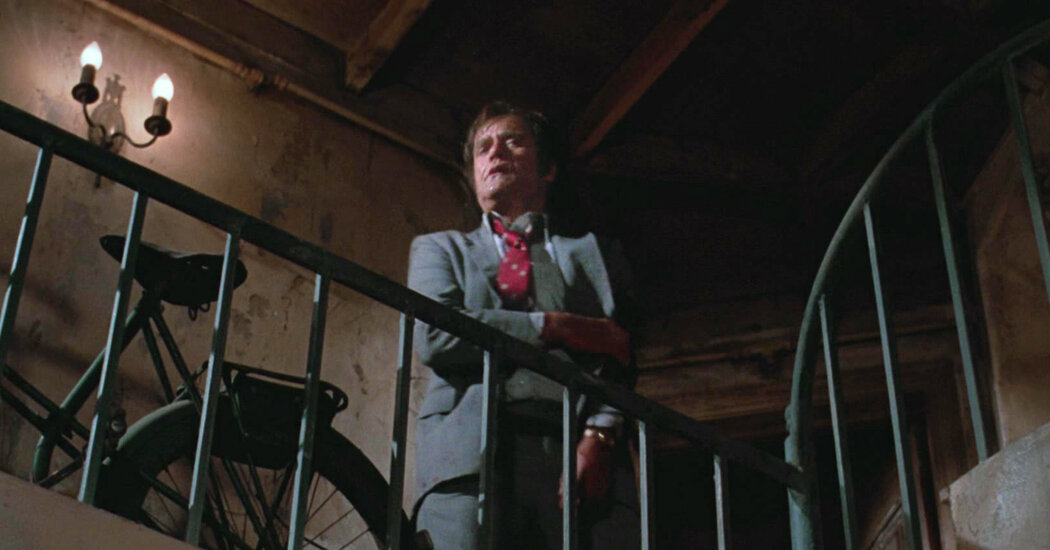
When the anthology film “Twilight Zone: The Movie” opened on June 24, 1983, reviews were mixed; The New York Times’s Vincent Canby deemed it “a flabby, mini-minded behemoth,” and that was a fairly representative view. A middling box office performer, the film may well have been forgotten entirely were it not for another news event, related to the picture, reported that same day: the unsealing of the grand jury indictments against five of the filmmakers, including the director John Landis, for their responsibility in a stunt gone horrifyingly awry, killing three people during the picture’s production.
It happened at 2:20 a.m. on Friday, July 23, 1982. Landis’s segment — which concerned a loudmouthed bigot (Vic Morrow) who gets a taste of his own medicine when he steps into the Klan-era South, Nazi Germany and a Vietnam War battle, and is mistaken for the very people he’d previously derided — was to culminate in a spectacular display of stunts and firepower. Chased by a military helicopter, Morrow’s character was to carry two Vietnamese children across a river to safety as a village exploded behind them. But the sequence was poorly planned and barely rehearsed, and the explosions damaged the rotor blades of the chopper, causing the pilot to lose control. The helicopter crashed into the river, dismembering Morrow and the two children: Myca Dinh Le, age 7, and Renee Shin-Yi Chen, 6 (spelled Renee Shinn Chen in The Times’s early reporting).
As investigators examined the crash, they discovered that the children’s mere presence on the set had been illegal. Child labor law regulations prohibited children from working at that late hour; further, no on-set child-welfare worker would have permitted them to work in such proximity to explosions or a helicopter. So Landis and one of the producers, George Folsey Jr., went outside regulations, casting children of mutual acquaintances, keeping their names out of the production’s official paperwork and paying them in petty cash. A production secretary recalled Landis joking of the scheme, “We’re all going to jail!”
That cavalier attitude carried over onto the “Twilight Zone” set. Landis was described as a “screamer,” prone to temper tantrums and abusive invective, and thus resistant to concerns raised by crew members about the safety of that sequence — or an earlier scene, in which Landis, unsatisfied with the effects achieved by fake gunfire, ordered the use of live ammunition.
Communication between the director, the special-effects crew and the helicopter pilot was all but nonexistent that night. When a stunt performer noted that the explosion was more forceful than expected in an earlier helicopter shot, Landis reportedly replied, “If you think that was big, you haven’t seen nothing yet.”
It took three more years, after the unsealing of those indictments on the film’s opening day, for the case to come to trial. Landis, Folsey and three other defendants were charged with involuntary manslaughter, a felony. The trial was a media sensation, promising “some of the splashy drama of a guns-and-action Hollywood film.” Yet the defendants were acquitted on all charges, thanks to a somewhat bungled prosecution and a seemingly star-struck jury.
There were some consequences for the filmmakers and for Warner Bros., the studio behind the picture, including fines for labor violations and settlements in civil suits filed by the families of the deceased. But in spite of the deaths on his set, and the troubling stories of his behavior and decisions leading up to it, the industry rallied behind John Landis. Sixteen significant directors — including Francis Ford Coppola, Ron Howard, John Huston, George Lucas, Sidney Lumet and Billy Wilder — signed an open letter of support for the filmmaker. Several director pals also appeared in cameos in “Into the Night” and “Spies Like Us,” two of the features Landis made between the deaths and his acquittal.
Landis also directed the music video for Michael Jackson’s “Thriller” and the feature comedies “Trading Places” and “Three Amigos” in that period. Dan Aykroyd, who appeared in the Landis-directed “Twilight Zone” prologue as well as in “Trading Places” and “Spies Like Us,” dismissed the tragedy: “That was an industrial accident, nothing more.” After the trial, the “Trading Places” actor Eddie Murphy hired Landis to direct his 1988 comedy “Coming to America,” though they clashed during production; while promoting the film, Murphy was asked if he’d ever work with Landis again, to which he replied, “Vic Morrow has a better chance of working with Landis than I do.” But the film was a gigantic hit, and six years later, Landis again directed Murphy in “Beverly Hills Cop III.”
Landis’s career would eventually slow down — not because of the deaths, but because his films stopped making money. In a hearing after the “Twilight Zone” deaths, Art Carter, the chief of the California Division of Occupational Safety and Health, said that while speaking to industry veterans and union representatives about tightening safety restrictions on sets, “No one could recall a single instance in which a given movie or television program could not be made because of safety considerations. Rather, it was a matter of spending the necessary money to assure protections.”
After the “Twilight Zone” deaths, the Directors Guild of America issued formal, firmer safety guidelines, yet the cutting of budgetary corners has continued to put the lives of actors and crew members in jeopardy. The very day the verdict was handed down in the “Twilight Zone” case, a helicopter crash on the Manila set of “Braddock: Missing in Action III” killed four Filipino soldiers. The camera assistant Sarah Jones was killed by a freight train while working on the low-budget film “Midnight Rider” in 2014. And apparent negligence on sets resulted in the shooting death of the actor Brandon Lee during the production of “The Crow” in 1993 and of the cinematographer Halyna Hutchins on the set of “Rust” in 2021.
The questions of verisimilitude versus safety, of what risks are permissible in the making of art, have not gone away in the 40 years since “Twilight Zone: The Movie” was released. But the sole public statement on the matter from Steven Spielberg, who directed another of the film’s segments, remains illuminating. His name was conspicuously absent from the open letter of filmmakers supporting Landis, and in April of 1983, he summed up the experience in a Los Angeles Times interview: “No movie is worth dying for. I think people are standing up much more now than ever before to producers and directors who ask too much. If something isn’t safe, it’s the right and responsibility of every actor or crew member to yell, ‘Cut!’”








